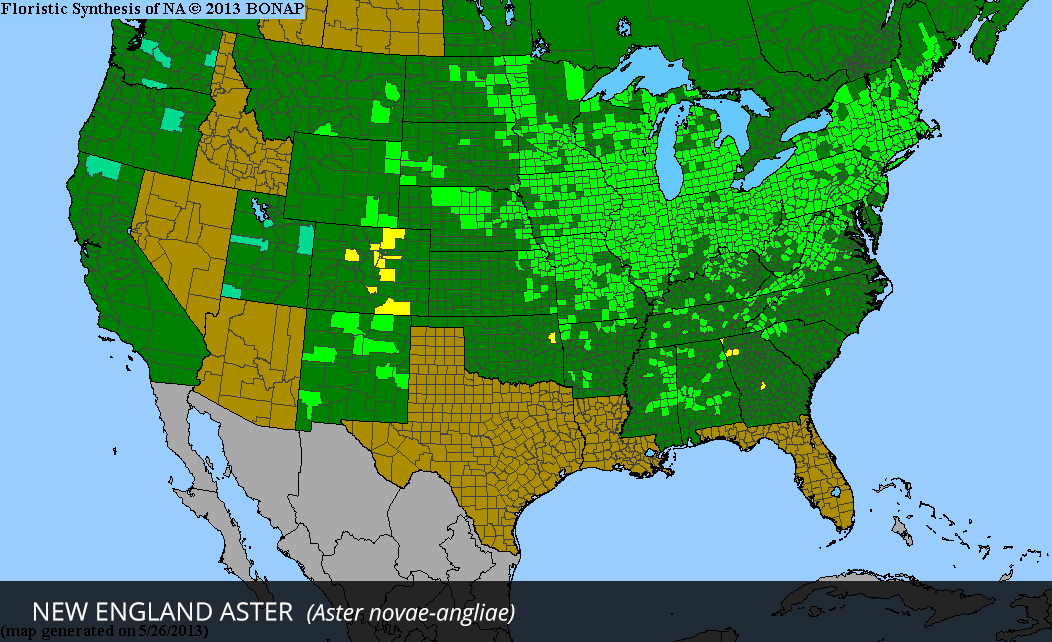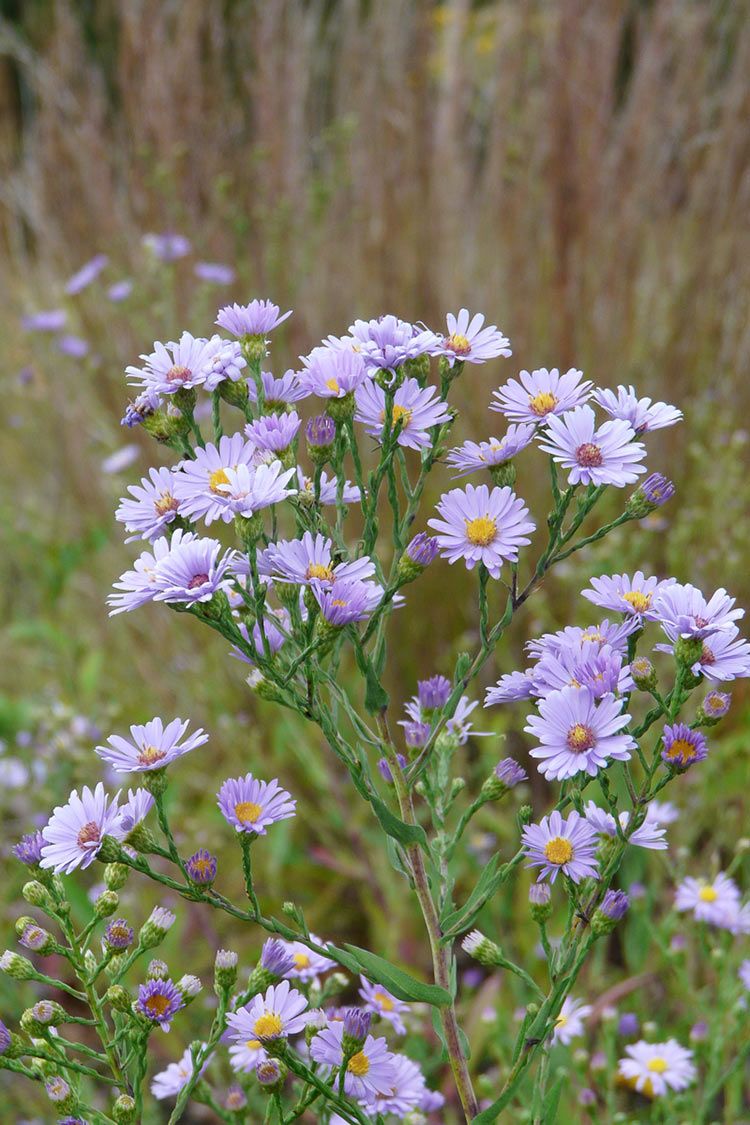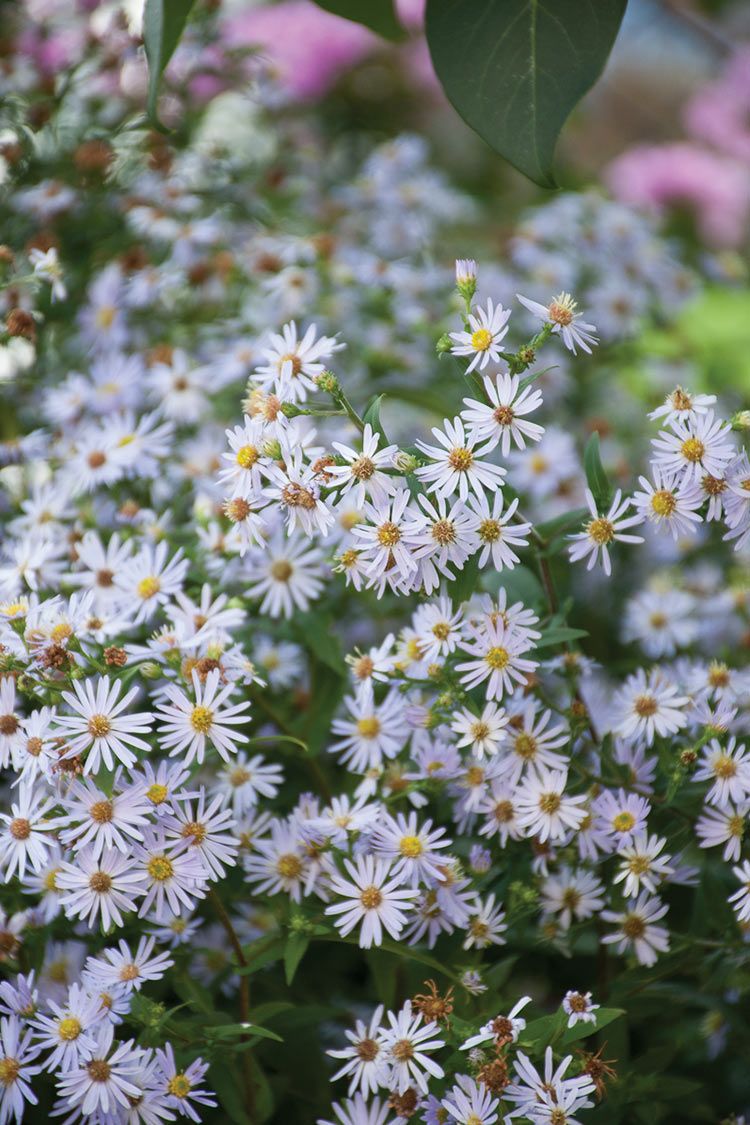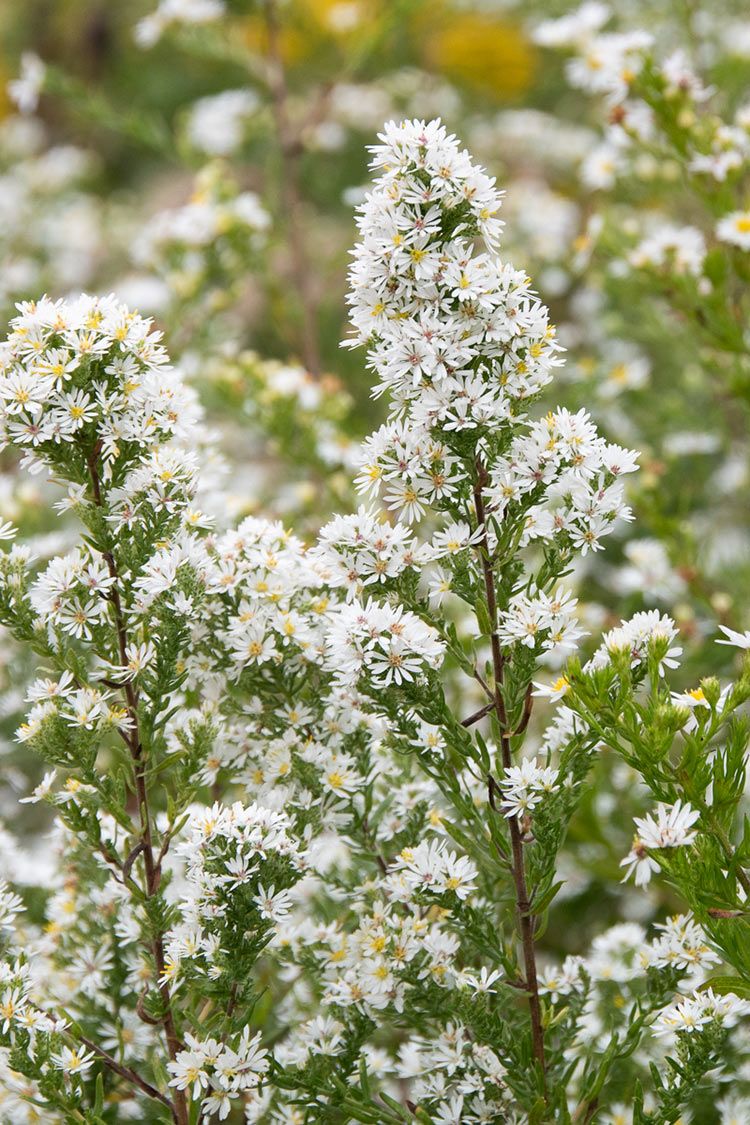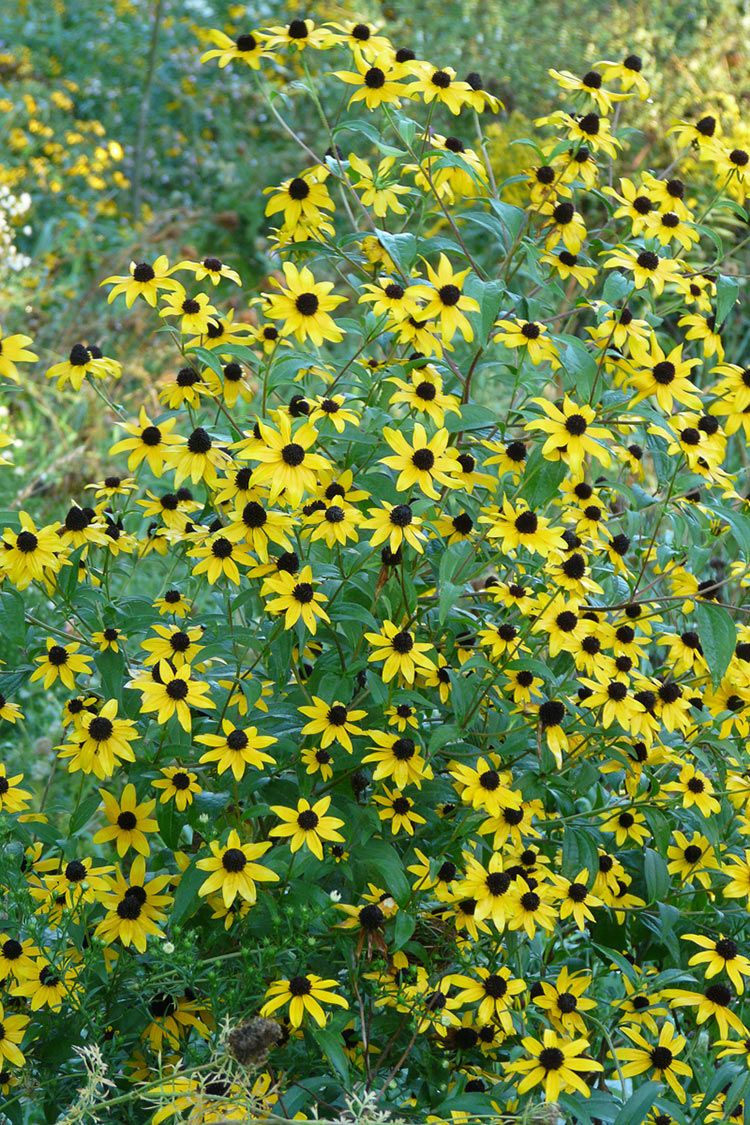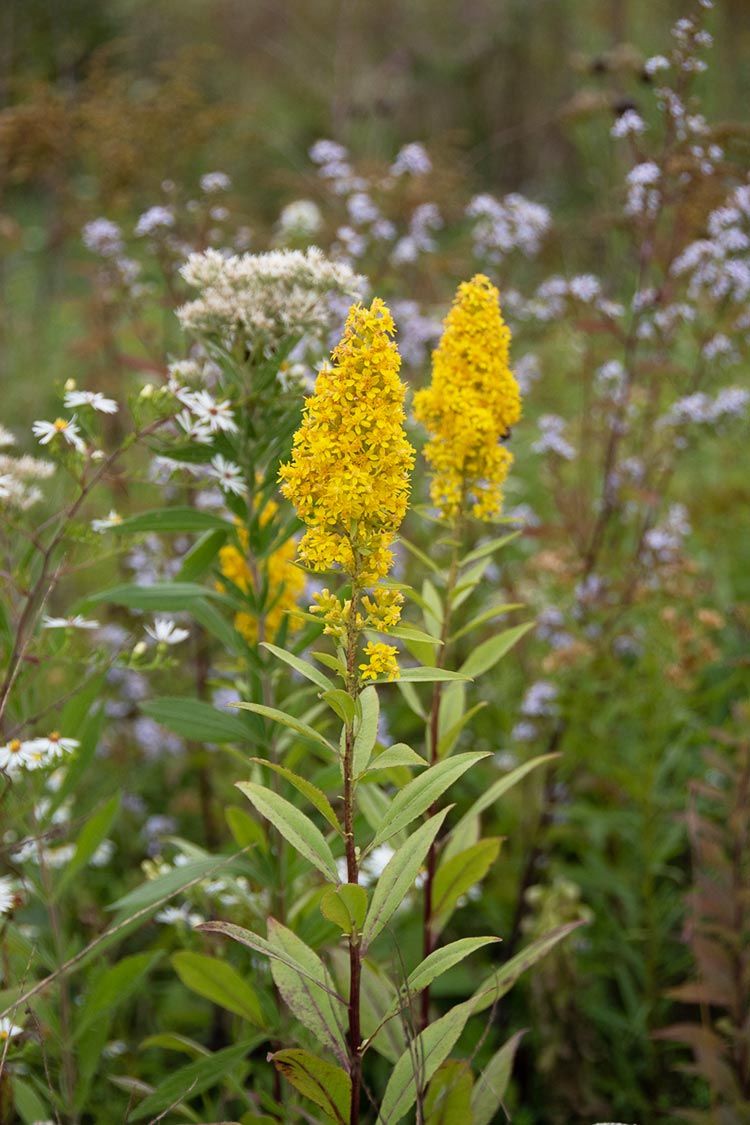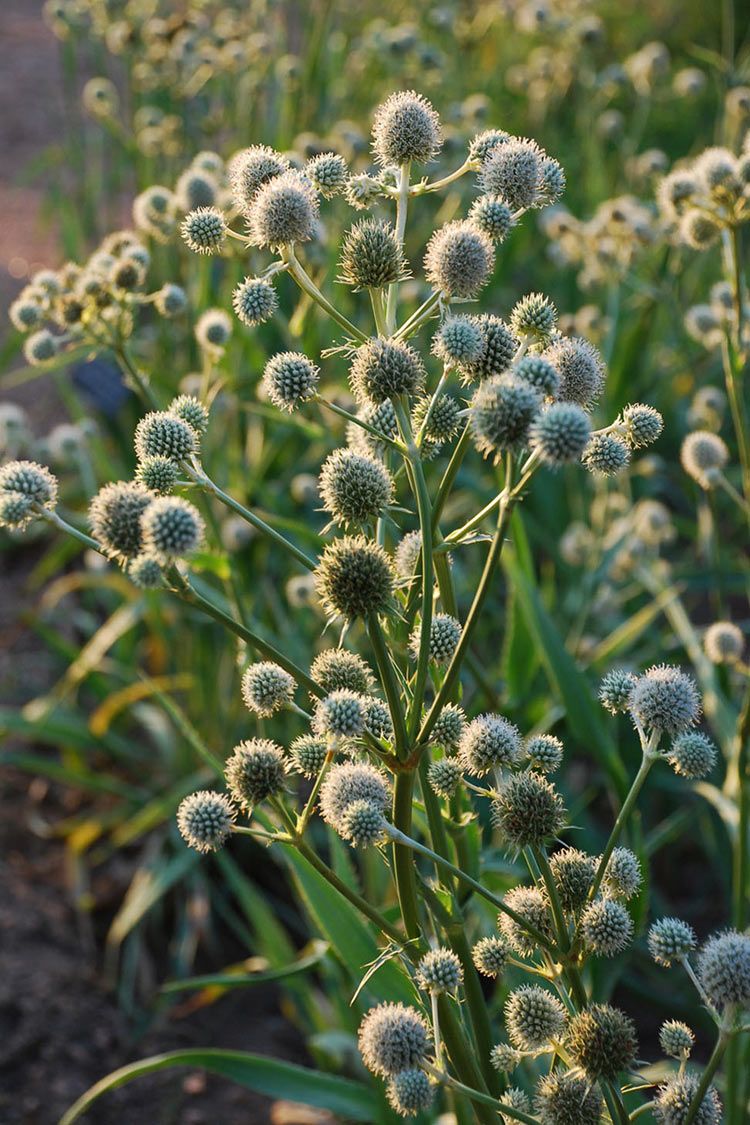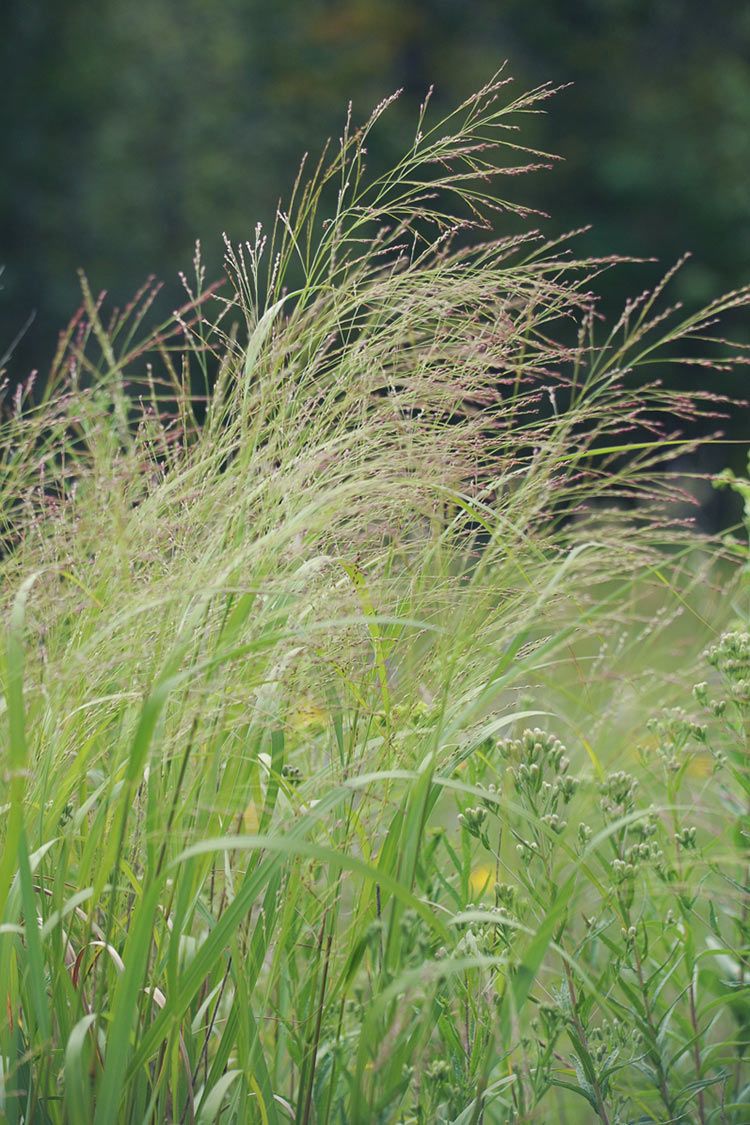New England Aster
Magnificent in bloom, New England Aster lights up the late season landscape with bunches of deep violet to lavender-pink flowers. Large and showy, this aster can grow up to six feet high. Like most asters it …
| Soil Type | Clay, Loam, Sand |
|---|---|
| Soil Moisture | Medium, Moist |
| Sun Exposure | Full Sun, Partial |
| Height | 3' - 6' |
| Bloom Color | Lavender, Pink, Purple |
| Bloom Time | Aug, Sep, Oct |
| Spacing | 1' - 18" |
| Zones | 3, 4, 5, 6, 7 |
| Root Type | Fibrous |
| Benefits | Birds, Butterflies, Pollinators, Host Plant, Deer Resistant |
| Seeds per Oz | 70000 |
| Propagation Treatment | Dry Stratification |
| Direct Sowing Time | Early Spring, Fall |
Magnificent in bloom, New England Aster (Aster novae-angliae) lights up the late season landscape with bunches of purple flowers. The bloom color can be violet, purple, lavender, or shades of pink. Large and showy, this aster can grow up to six feet high. The flowers are an important source of nectar for late season pollinators, especially Monarchs as they stock up for their fall migration to Mexico.
This deer resistant native prefers moist, rich soils, but is easily grown in a broad range of conditions, thriving in full sun or light shade in all but the driest soils. When New England Aster blooms the lower leaves usually dry up, and this is normal. If height becomes an issue, the main stem can be cut-back by half in midsummer to encourage a bushier growth. This can help control the need for staking.
Bees and butterflies are frequent visitors to this amazing pollinator favorite, and larval host for the Pearl Crescent, the Gorgone Checkerspot butterfly and the Wavy-Lined Emerald moth. Other common names include Michaelmas Daisy.




